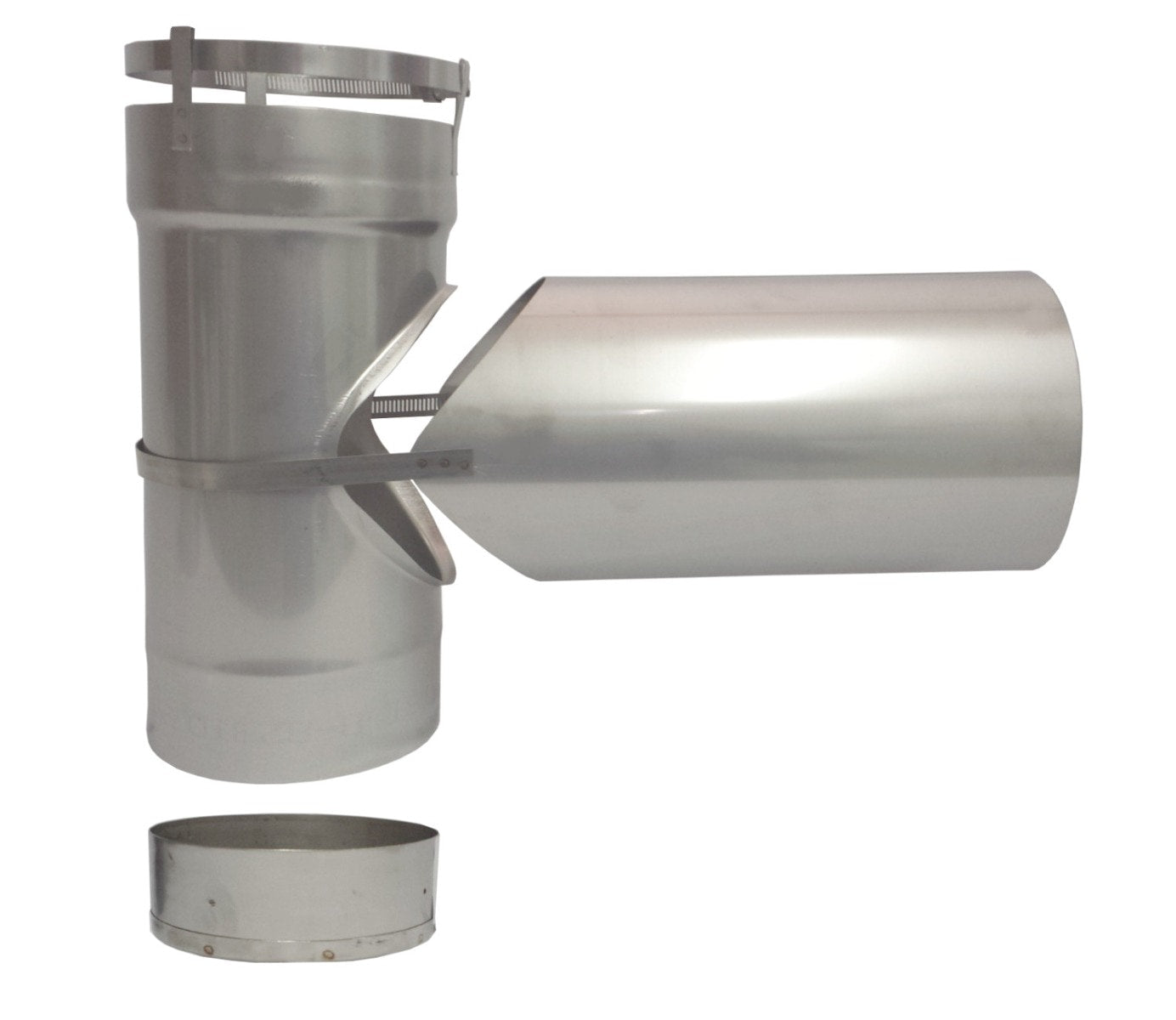I'd really like to install the bigger 8" flue Regency but the local dealer quoted the manual that only double wall can be used. I can fit 8" single wall through the block/masonry but I'm not so sure about 8" insulated. I just punched a higher hole to meet the 36" requirement above the stove through a layer of brick and 2 layers of block so I'd really like to make this work. I still have a bit of removal of the old liner and vermiculite but I believe the majority of the liner can be insulated, if not the entire thing.
The Regency F3500 would be an easier install but holds 30# less wood and has shorter burn times. I dont think I can have too much stove being a basement install in 3400 total square feet (split ranch).
Is this for a better draft or some other requirements? My wall is solid block just over 8" tall so its not an issue with combustibles. I could make the hole 10" if needed, I have room to spare on width.
Page 11 of the manual has the requirements. Regency F5200 Manual Link
Its become frustrating try to buy a stove when you are willing to put down $7,000 for stove and liner but apparently people dont want to take my money. The first place we stopped and liked the owner hasn't gotten back to me after several calls. I realize the owner has some health issues but I'd expect an employee could pull price and availability so I can get something ordered.
The Regency F3500 would be an easier install but holds 30# less wood and has shorter burn times. I dont think I can have too much stove being a basement install in 3400 total square feet (split ranch).
Is this for a better draft or some other requirements? My wall is solid block just over 8" tall so its not an issue with combustibles. I could make the hole 10" if needed, I have room to spare on width.
Page 11 of the manual has the requirements. Regency F5200 Manual Link
Its become frustrating try to buy a stove when you are willing to put down $7,000 for stove and liner but apparently people dont want to take my money. The first place we stopped and liked the owner hasn't gotten back to me after several calls. I realize the owner has some health issues but I'd expect an employee could pull price and availability so I can get something ordered.


